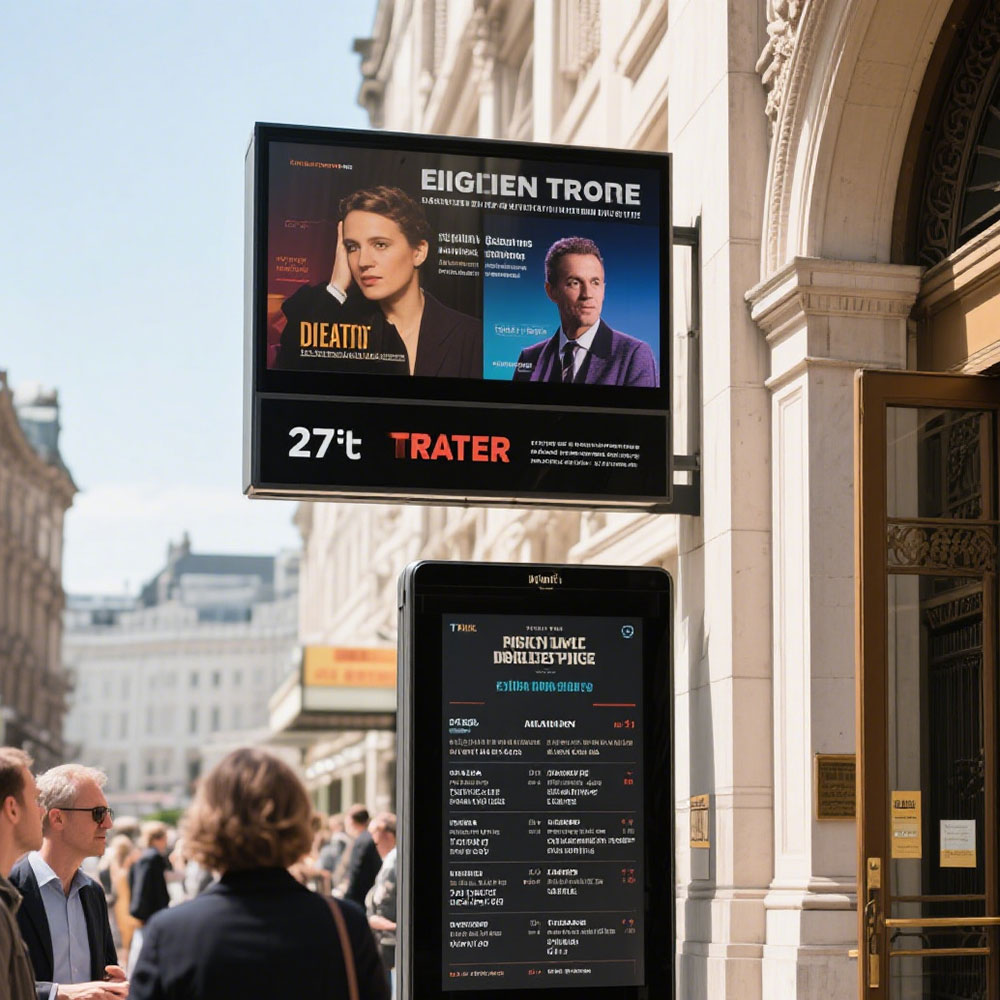Sunlight readable high brightness LCD displays have become essential components in modern industrial, military, and outdoor applications where visibility under direct sunlight is critical. These displays typically operate at 5000 nits or higher—up to 10,000 nits in extreme environments—far exceeding the 200–500 nits of standard indoor screens. Their design incorporates advanced technologies such as high-efficiency LED backlights, anti-reflective coatings, and adaptive brightness control systems that automatically adjust luminance based on ambient light levels.
One of the most common practical applications includes transportation systems like train control panels, aircraft cockpit displays, and truck dashboards, where clarity under direct sun exposure directly impacts safety. In military contexts, these screens are used in armored vehicles, UAVs, and handheld field devices. Similarly, construction equipment manufacturers integrate them into excavators and cranes for real-time monitoring under harsh conditions.
The advantages are clear: enhanced visibility in direct sunlight, reduced operator fatigue due to glare-free interfaces, and improved operational accuracy. For example, a study by the U.S. Army Research Laboratory (2022) found that soldiers using sunlight-readable displays had 37% faster target identification in outdoor combat simulations compared to those using conventional screens. Additionally, many modern units comply with MIL-STD-810G standards for ruggedness and IP65/IP67 ratings for dust and water resistance, making them suitable for extreme climates.

Despite their robustness, common problems include thermal management issues when operating above 50°C ambient temperatures, which can cause premature aging of LEDs and touch sensors. Another issue is color shift under high brightness, often addressed through dynamic white balance algorithms. Recent trends show a move toward mini-LED and micro-LED backlighting technologies, offering better contrast ratios and localized dimming without compromising brightness. OLED-based solutions are also emerging, though they remain cost-prohibitive for mass deployment.
Manufacturers like Eizo, Candescent Technologies, and LG Display are leading innovation in this space, with recent product launches featuring AI-driven brightness optimization and integration with IoT platforms for remote diagnostics. As industries demand more reliable human-machine interfaces (HMIs) in challenging environments, sunlight readable high brightness LCDs will continue to evolve—driving performance, efficiency, and user experience in outdoor and industrial sectors worldwide.







